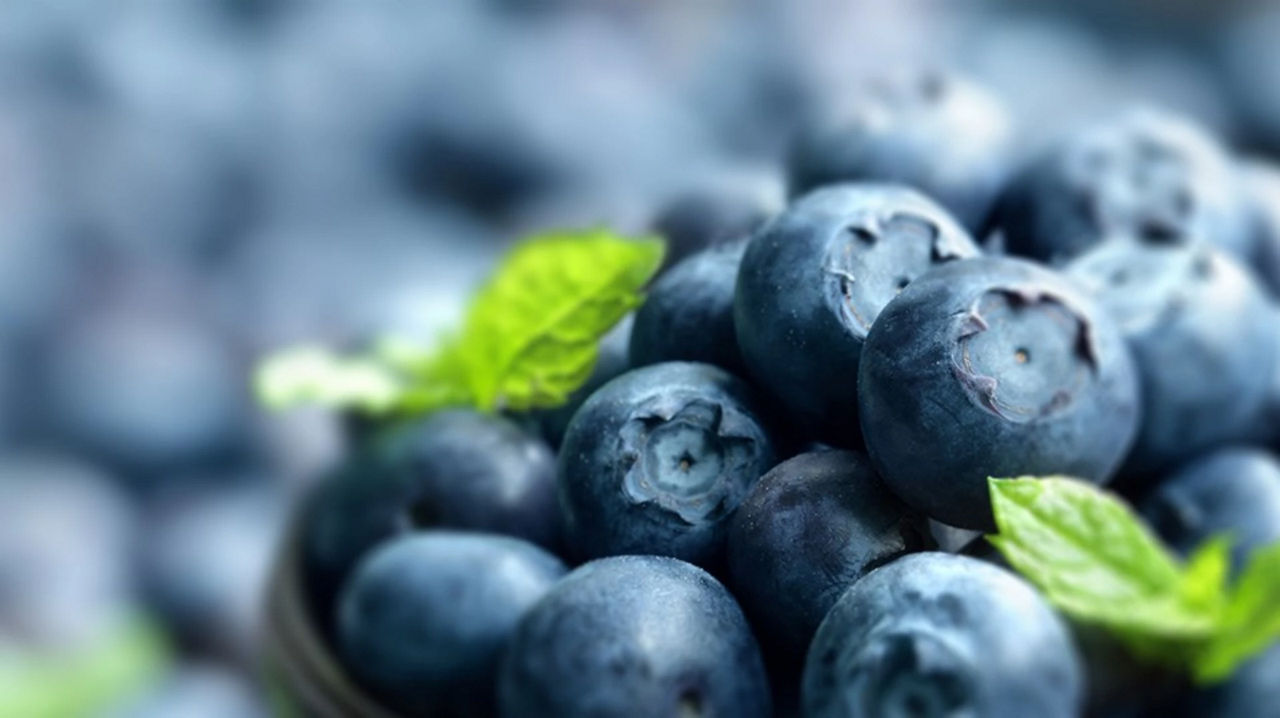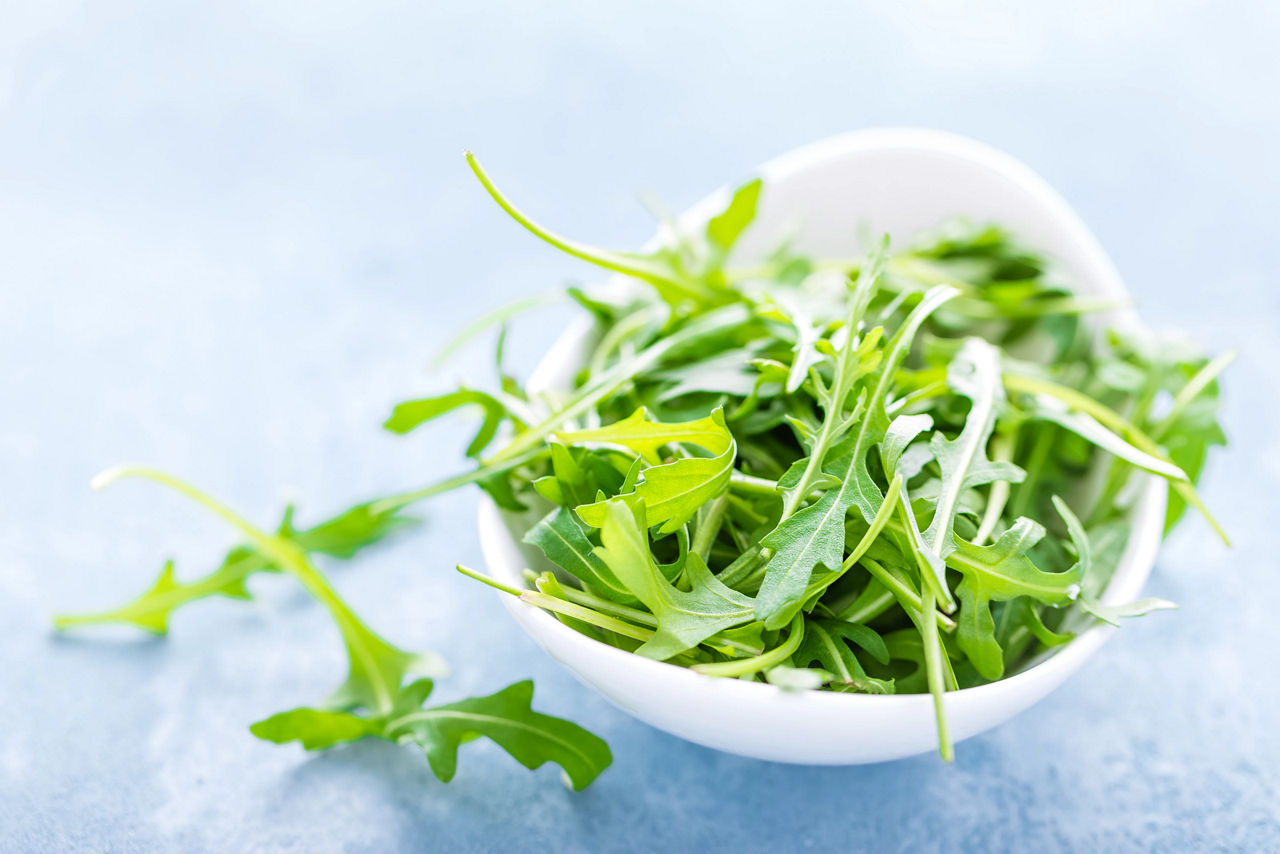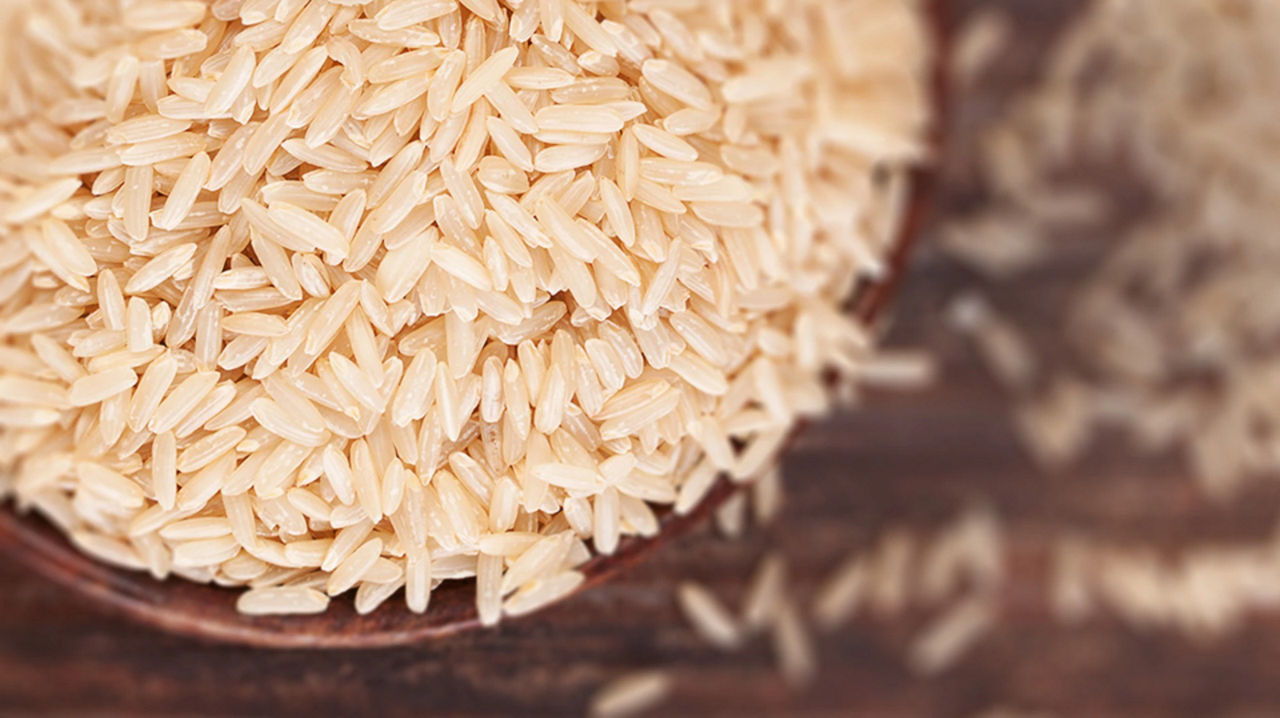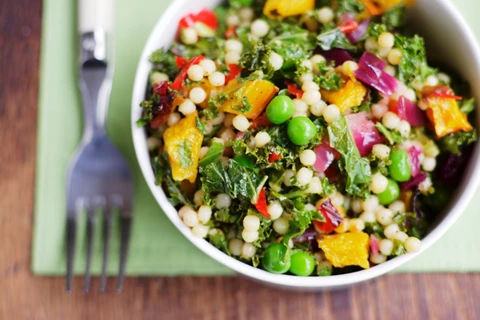You are almost at the end of your second trimester already by 26 weeks pregnant! Your pregnancy bump is growing at around a 1cm per week and is about 2.5 to 3 inches above your tummy button. This means you may well get more bloating as your stomach and bowels get more compressed – so its better to have smaller amounts to eat a few times in the day rather than 3 big meals. You might even have a tummy button that has turned outwards (everted) now, and you might notice more round ligament pains. Whilst it’s important to remain active and take regular exercise, do listen to what your joints and body are telling you, and don’t overdo it.
26 Weeks pregnant
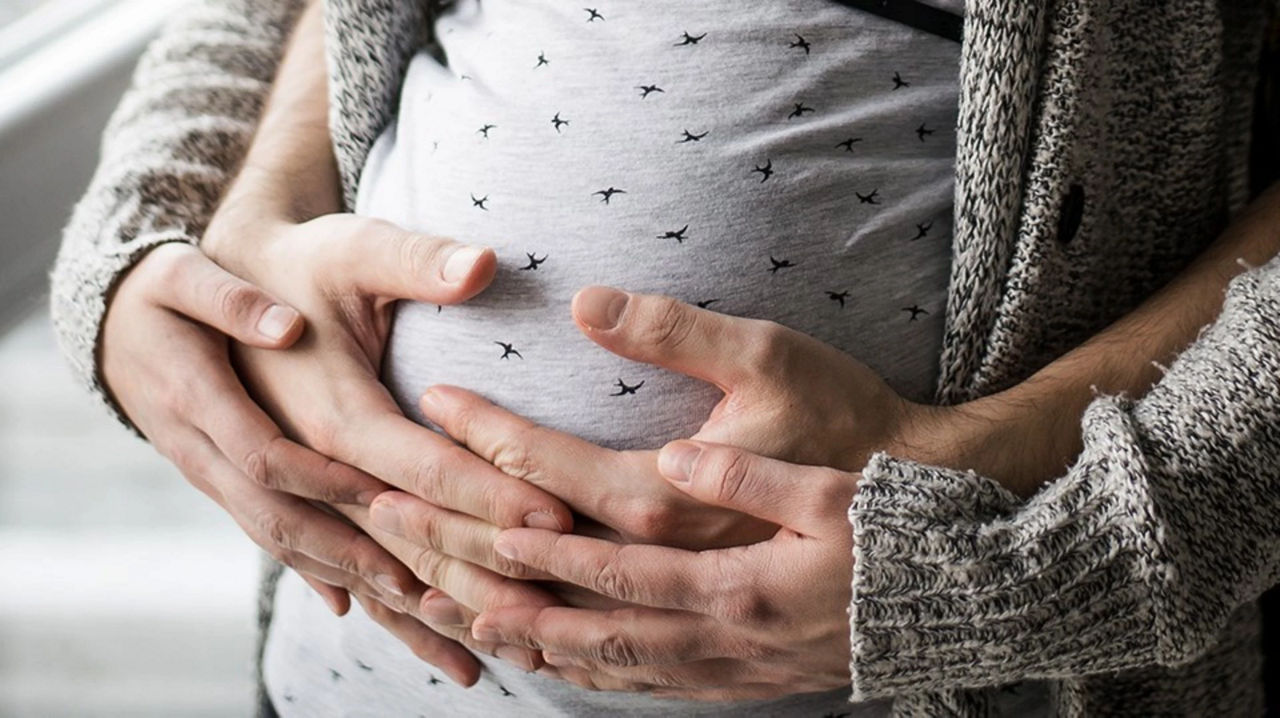
Explore pregnancy stages week by week
26 Weeks Pregnant Symptoms
Also, you may well be starting to get more tired now, and perhaps feeling the heat more, especially at night. It’s important to adjust your environment at work and home to reflect your changing needs for temperature regulation and help with a comfortable posture to sit in if you have a desk-based job. Remember to fall asleep on your left side when you go to bed as this helps to maintain your circulation to your placenta and baby1. But don’t worry if you wake up on your back or right side – it’s just important to sleep on your left as much as possible. A V shaped pillow (which will double up as a feeding pillow) can be very helpful in maintaining your position in bed, as well as supporting your back and hip joints.
You might notice more ankle swelling and headaches – if these increase suddenly or become severe you should get checked out urgently. It’s important to make sure that you keep all your antenatal check-up appointments so that you can be screened for pre-eclampsia and diabetes. You’ll need to book in for your 28-week blood tests and a diabetes test (Glucose Tolerance Test) if this is indicated in your case.
How many months is 26 weeks pregnant?
26 weeks is 6 months of pregnancy – so only 3 months to go! Now is a good time to start giving some thought to your birth plan, and preparing the things that you will need for you and your baby after the birth.
Your bump at 26 weeks pregnant
Every pregnant tummy is different, even in the same woman in subsequent pregnancies. Your age, previous pregnancies and births, height, build and fitness all affect the way your pregnant tummy looks and feels. As long as all is well, enjoy the unique changes to your body each time you have a baby.
Your baby’s position at 26 weeks pregnant
At 26 weeks your baby still has plenty of room to keep changing position – and they do from hour to hour. This means that it is too early to worry about whether the baby’s head is down as your baby is unlikely to stay in any one position for too long at this stage. As the baby moves, you will notice that the site of the kicks changes too. Around about now your baby starts to develop its nervous system more and you might start noticing a circadian rhythm of movements more – so it’s not unusual for the baby to be more active at night.
Baby size at 26 weeks pregnant
Measuring your baby from head (crown) to heel, she's about 35.6cm (14in) long2, and now weighs as much as a red cabbage, which is about 760g (1.7lb). At this stage, the kicks will be more noticeable and follow more of a pattern. By now your baby can recognize and respond to your voice, and the eyelashes and retina are also developing much more by now. Your baby’s lungs are starting to mature too, although not enough to breathe unaided just yet.
Average baby weight at 26 weeks pregnant – see above
Ultrasounds & scans at 26 weeks pregnant
There is no routine ultrasound scan at 26 weeks, but soon you will be able to book a 3D or 4D scan if you want a better idea of how your baby might look when he or she is born!
Weight gain at 26 weeks pregnant
You’ve probably gained around 7-8 kg by now at 26 weeks. Once you approach the third trimester the placenta is growing as well as your baby – this is when insulin resistance can become apparent, so it’s important to keep an eye on your sugar and carbohydrate intake in the coming weeks. Eating a well-balanced diet provides a vital source of nourishment for your baby, click here to learn more about healthy eating and how to get a well-balanced diet in pregnancy.
Does baby movement slow down at 26 weeks pregnant?
You are probably noticing your baby’s movements more by 26 weeks as she or he is getting bigger – and often babies are more active at night form now onwards. Your baby may not have developed an absolutely predictable pattern just yet, but the movements should not be slowing down. If you feel this might be a concern talk to your health care professional. Relax, have something to eat and a cold drink. Then lie down for an hour or so and monitor movements. If you are still concerned, then do go to hospital to get checked.
Tiredness at 26 weeks pregnant
As your bump is increasing in size, your circulation and metabolism have to adjust to keep up with the changing needs of your baby. This can inevitably lead to tiredness – it’s a good idea to set aside time every day to rest and put your feet up. Make sure that your diet is rich in iron and other vitamins and minerals. If you usually follow a special diet, such as vegetarian or vegan, you may need to pay extra attention to get the nutrients needed that could potentially be lacking during your pregnancy. Ask your healthcare professional as they will be able to advise you on the specific adjustments you need to make depending on your individual circumstances.
If the tiredness is overwhelming then you need to see your doctor and have a proper assessment and perhaps blood tests.
Constipation at 26 weeks pregnant
Constipation is common between 8-12 weeks of pregnancy and then again in the latter stages of pregnancy3; Do make sure that your diet contains a healthy balance of fibre and that you are drinking at least 0.5 to 2l of water a day, more if the outside temperature is hot. If this doesn’t help then speak to your your GP – left untreated constipation can cause troublesome tummy bloating and cramps, and increases your chance of developing haemorrhoids too.
Am I having Braxton Hicks contractions at 26 weeks pregnant?
It’s perfectly normal to experience Braxton Hicks contractions at this stage – most women notice them more after 20 weeks.
Bump dropping at 26 weeks pregnant
It’s unusual for your bump to drop this early, especially if you have given birth before. However, each pregnancy is different and sometimes babies find a comfortable position and stay there. If however you feel your bump has dropped at 26 weeks and you have any other symptoms such as abdominal or back pain, vaginal bleeding or discharge please do get checked by your healthcare team.
Good fat facts
It’s important to make sure your balanced diet includes good sources of LCPs, particularly DHA, while you’re pregnant and once your baby is born, too.
Experts recommend including an extra daily dose of 100-200mg DHA during pregnancy and lactation8. However, food sources of DHA are limited to oily fish, fish oils and offal, some of which are on the list of foods to avoid or limit during pregnancy, particularly liver.
For a healthy intake of LCPs including DHA, aim to eat 1–2 portions of oily fish, such as mackerel, sardines, fresh tuna and salmon, per week. Avoid eating more fish than this due to the levels of pollutants and mercury they may contain.
If you don’t like the idea of eating oily fish be sure to include some other sources of Omega 3 fats in your diet such as nuts, seeds, dark green vegetables, rapeseed oil, wholegrain cereals and soya products.
Next Steps
Try these pregnancy meal and snack ideas which provide Omega 3 fats:
- Mackerel on a slice of wholegrain toast
- Grilled salmon with steamed vegetables
- Waldorf salad made from apples, celery and walnuts
- Salmon fishcakes with a baby spinach salad
- A handful of nuts and seeds
- A bowl of wholegrain cereal
- A soya milk fruit smoothie
related articles
Read More

Get in touch with our Careline experts
Our nutritionists and feeding advisors are always on hand to talk about feeding your baby. So if you have a question, just get in touch
- National Health Service (NHS). Tiredness and sleep problems [online] 2021. Available at https://www.nhs.uk/pregnancy/related-conditions/common-symptoms/tiredness/ Accessed December 2021
- National Health Service (NHS). Week-by-week guide to pregnancy [online] 2021. Available at https://www.nhs.uk/start4life/pregnancy/week-by-week/2nd-trimester/week-26/ Accessed December 2021
- National Health Service (NHS). Common health problems in pregnancy [online] 2021. Available at https://www.nhs.uk/pregnancy/related-conditions/common-symptoms/common-health-problems/ Accessed December 2021
Last reviewed: 16th December 2021


